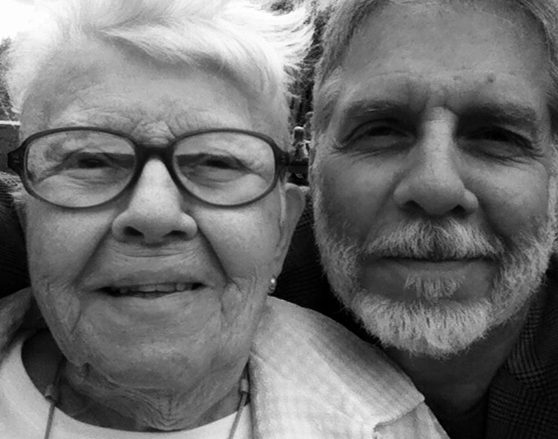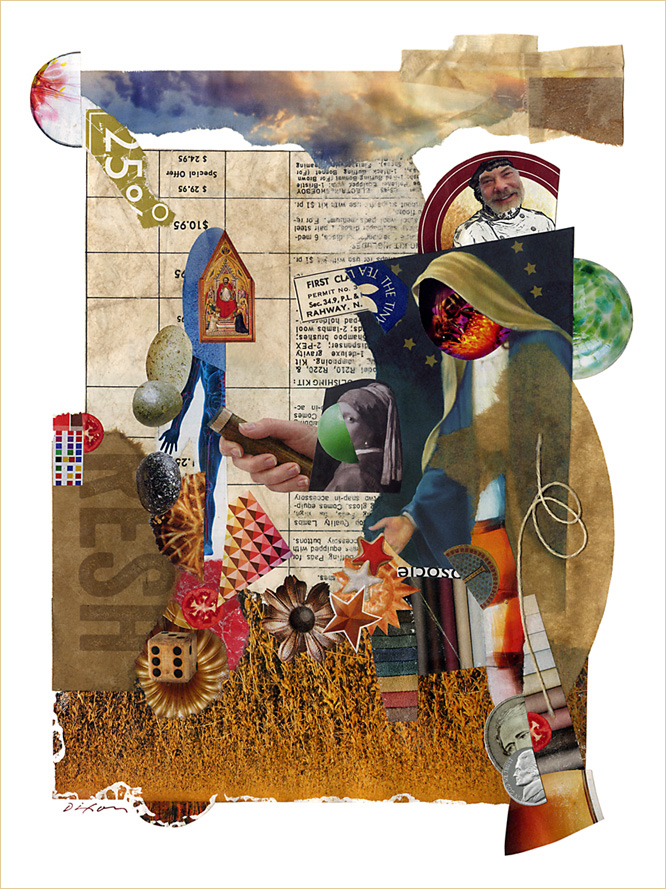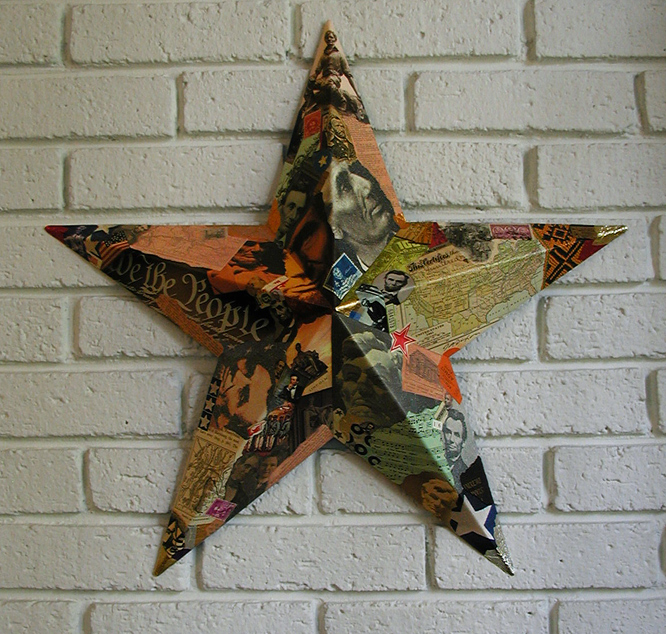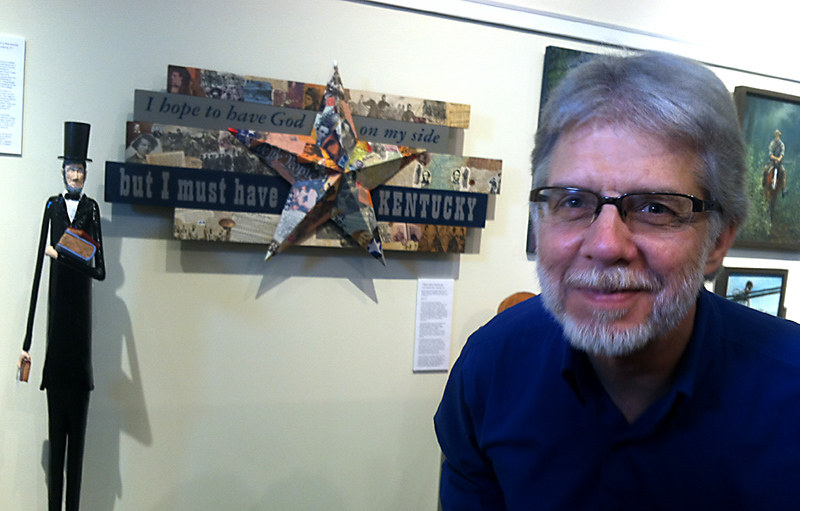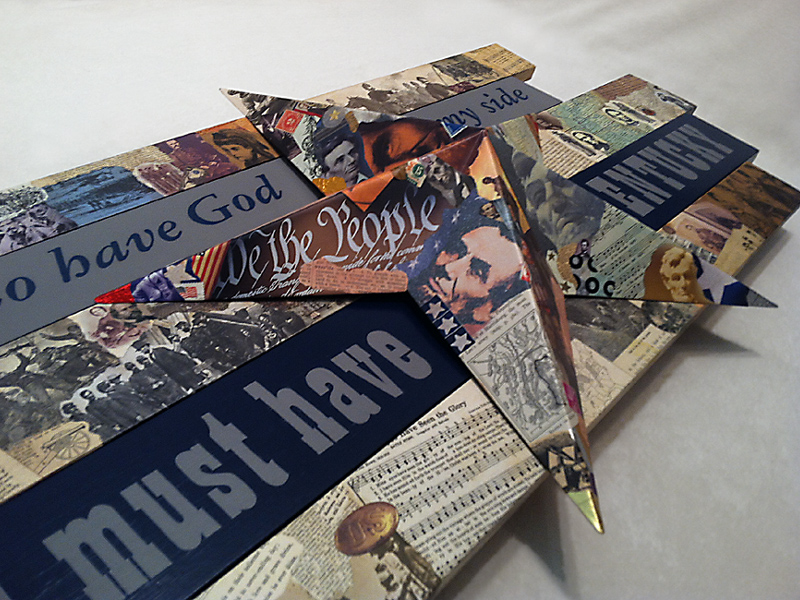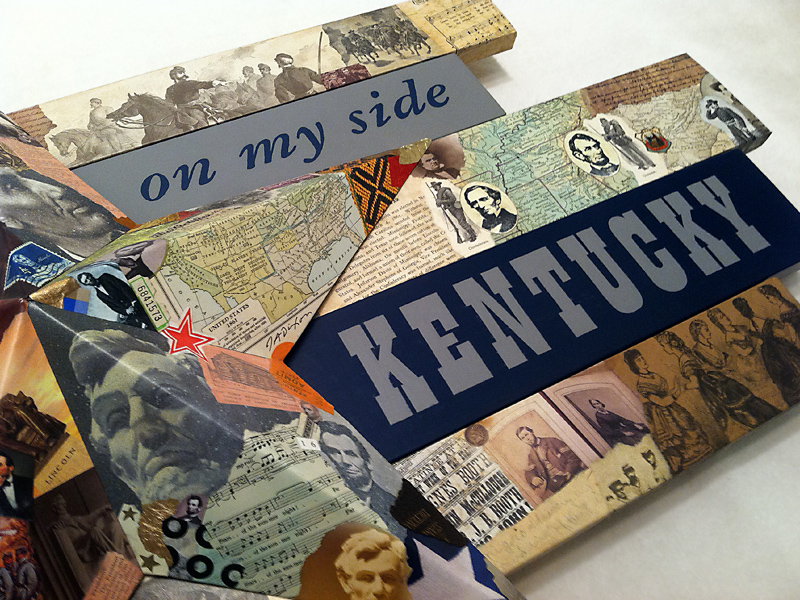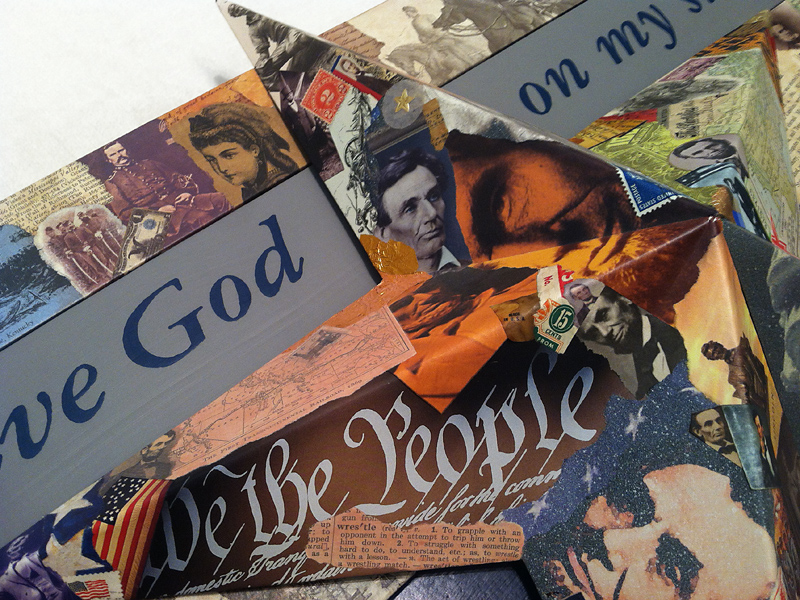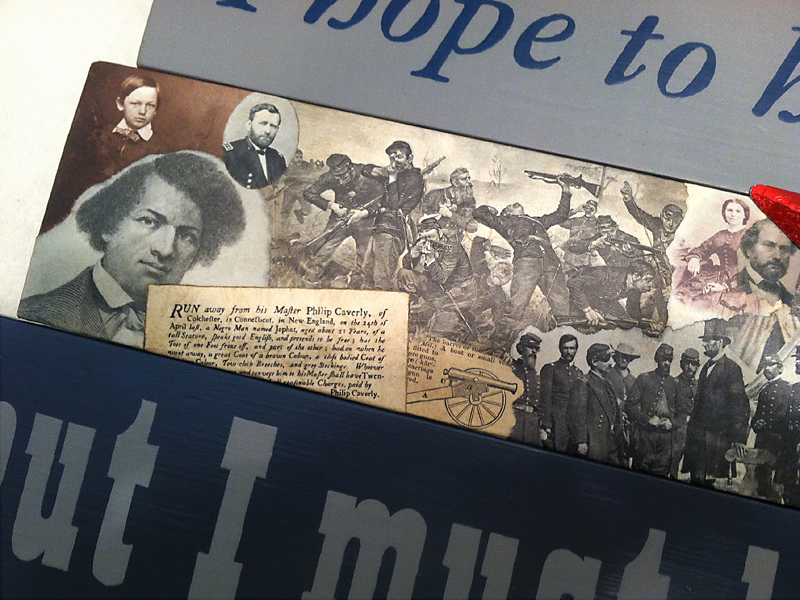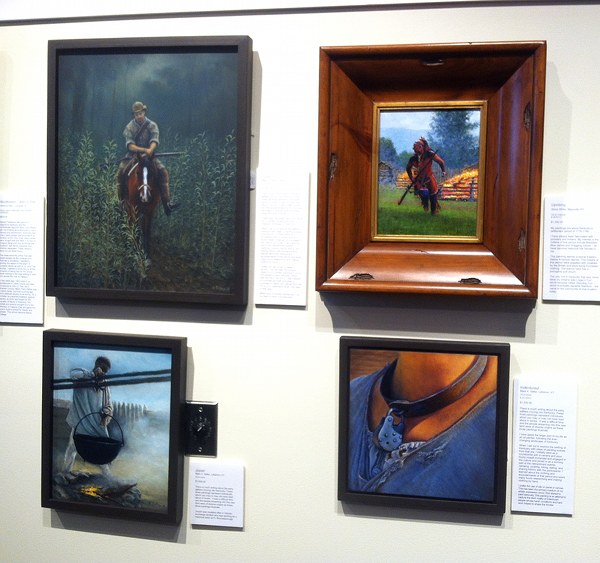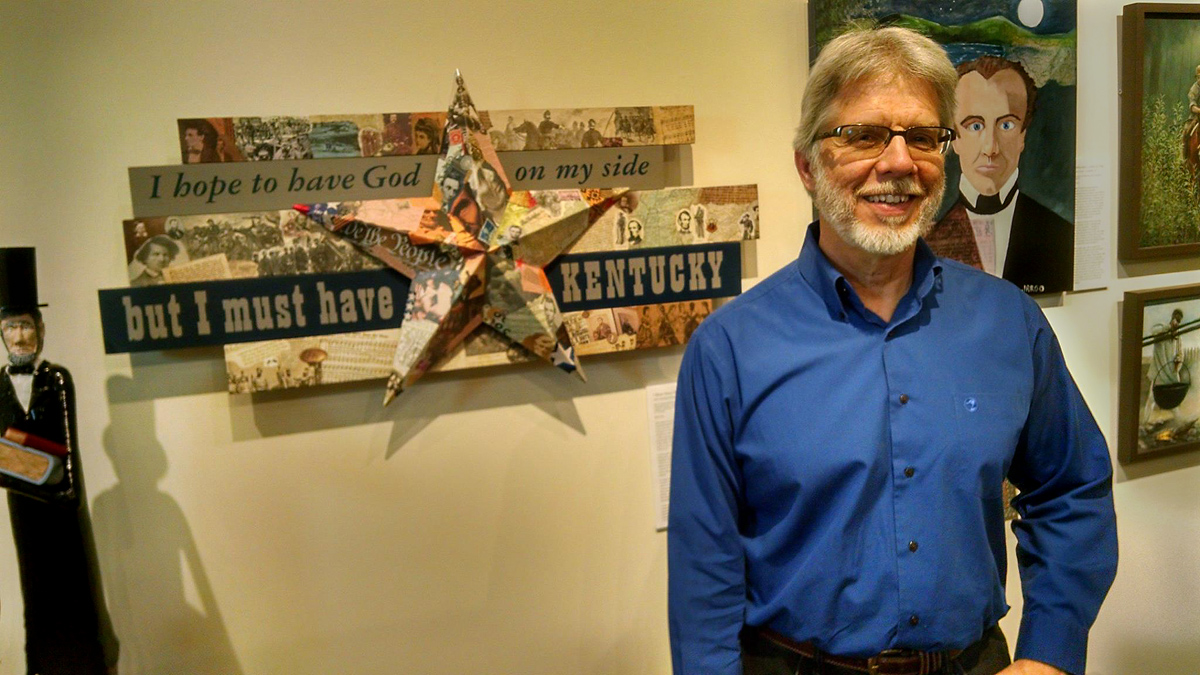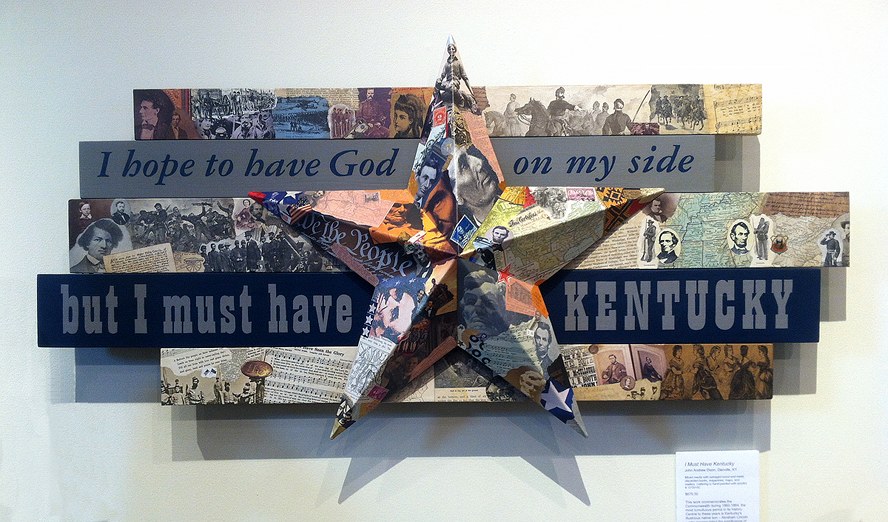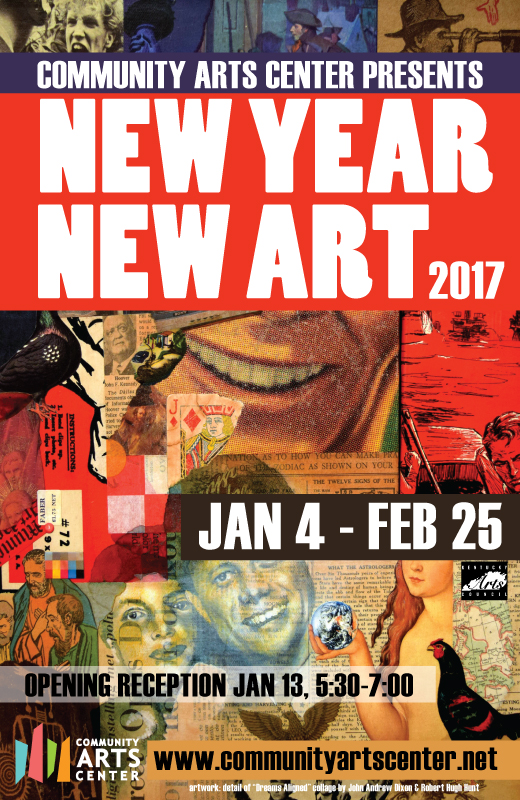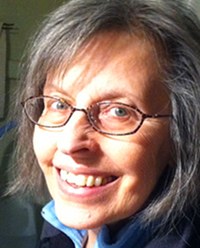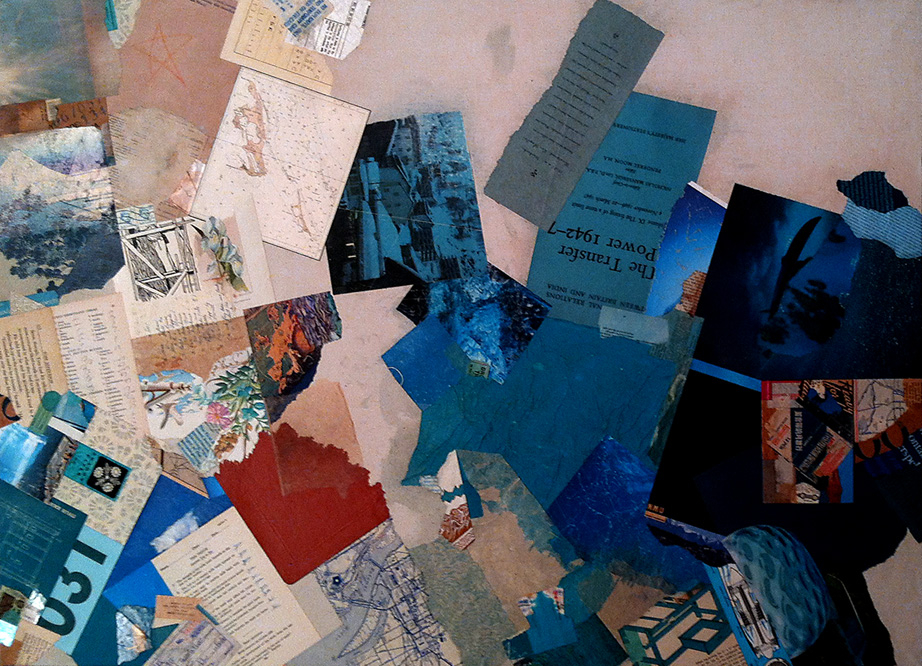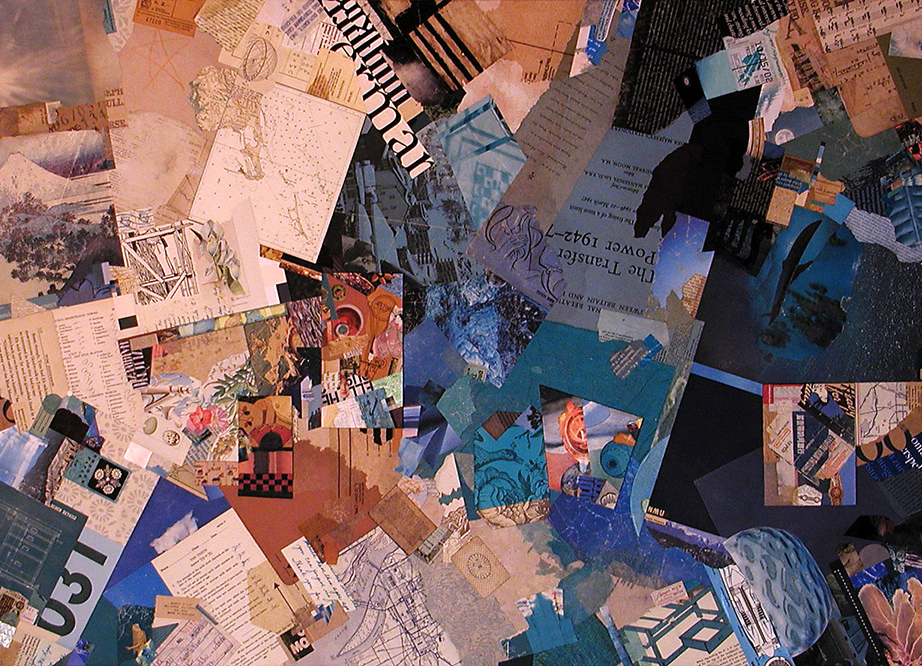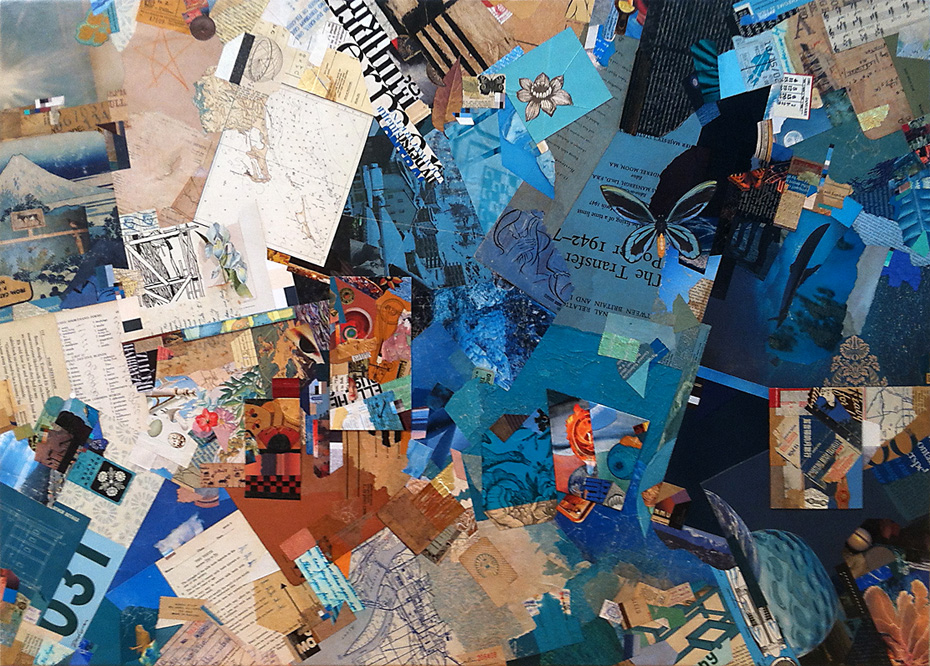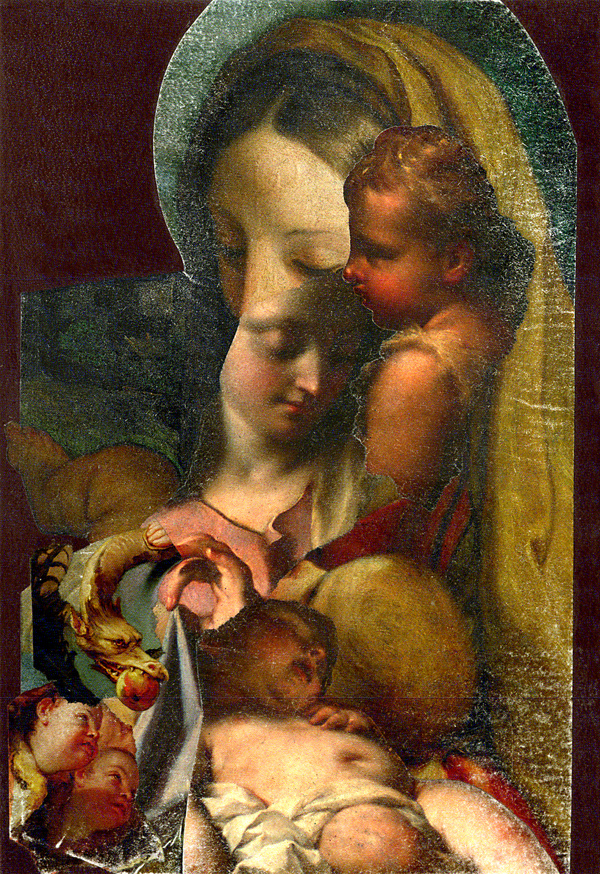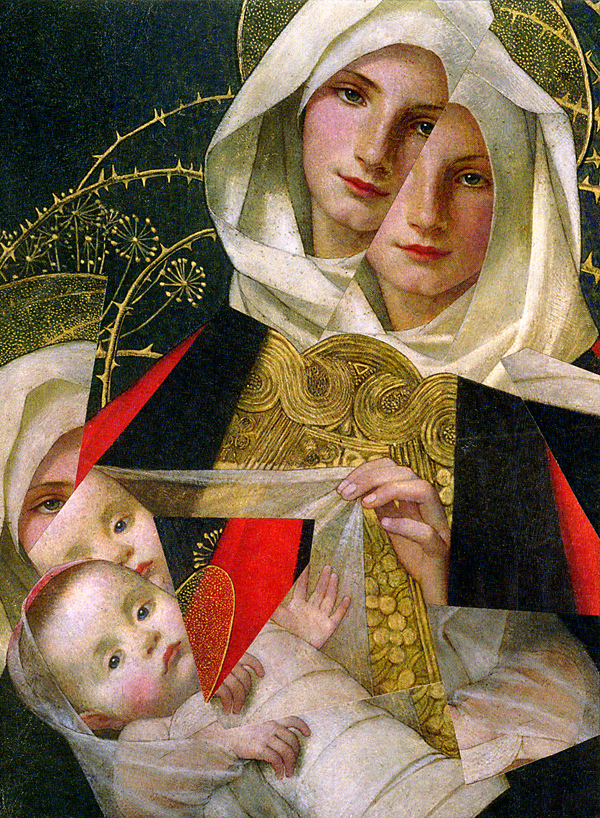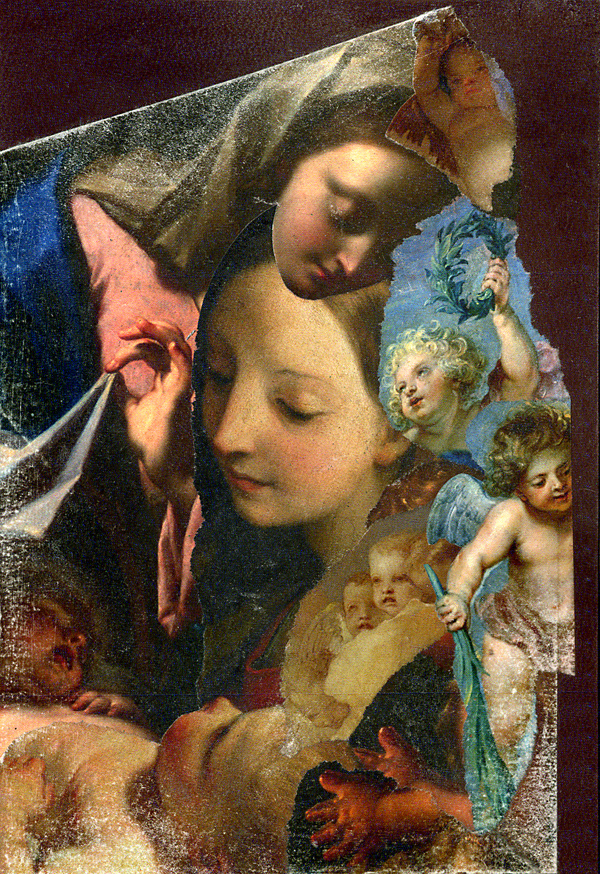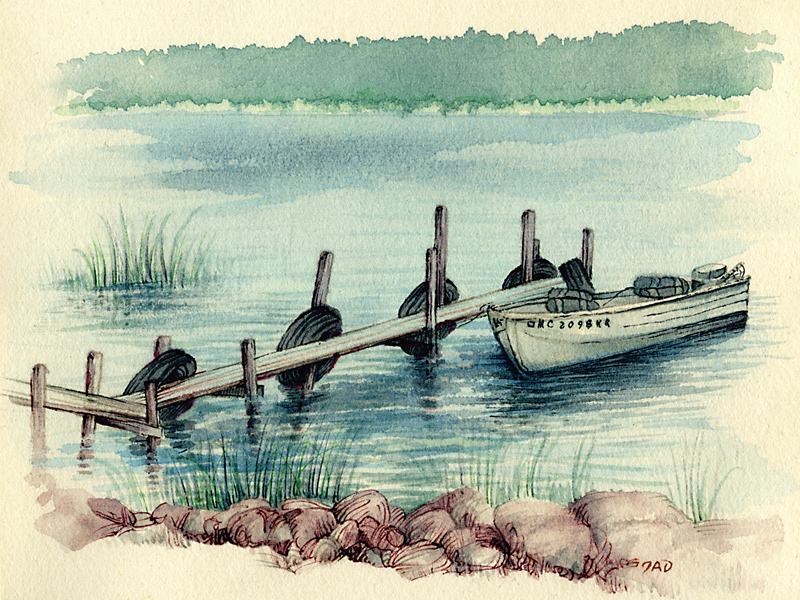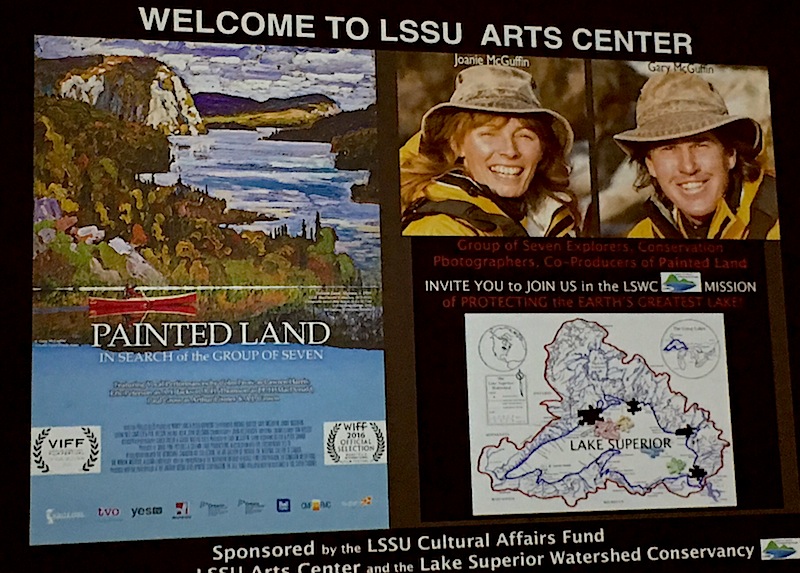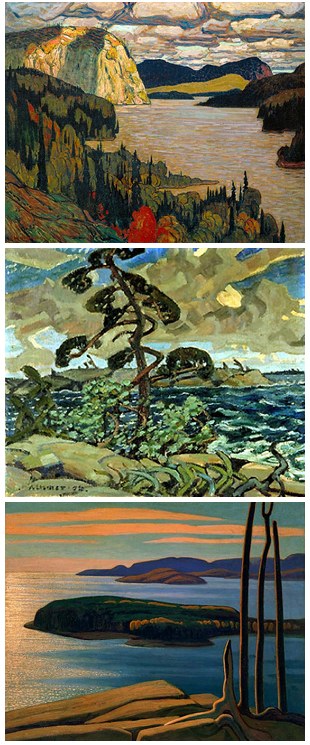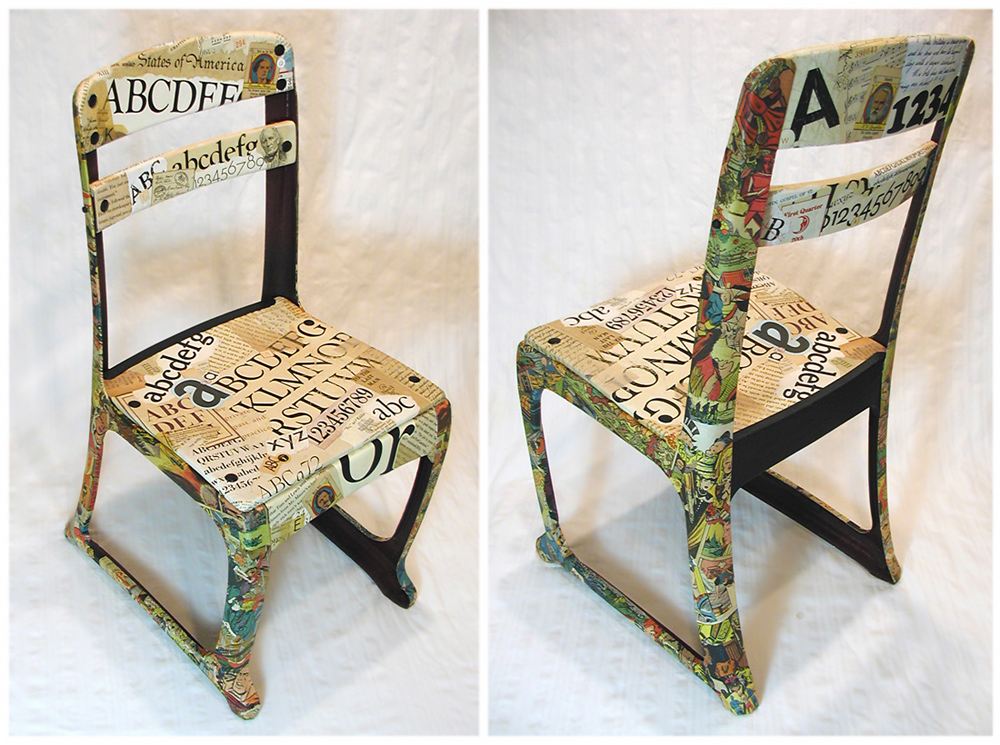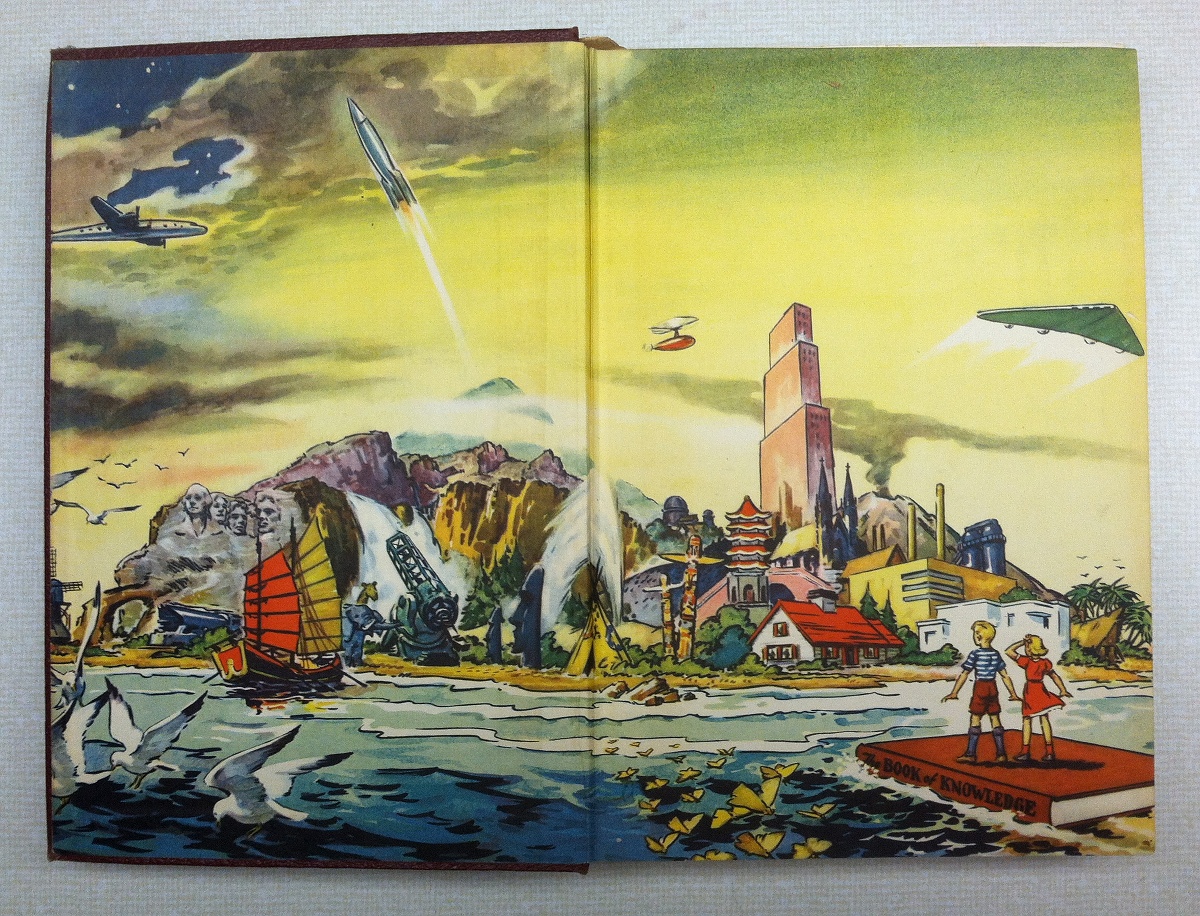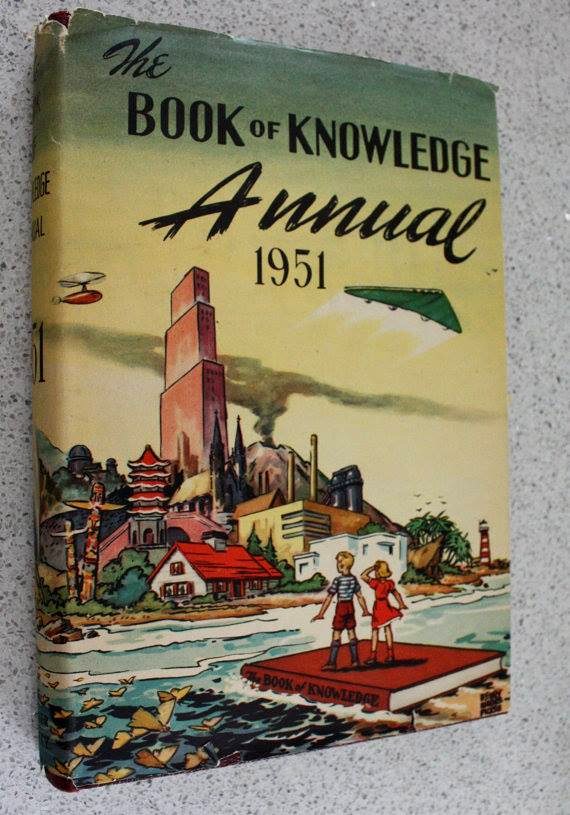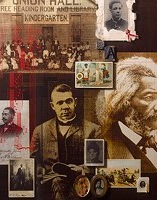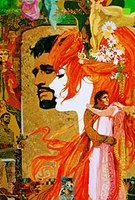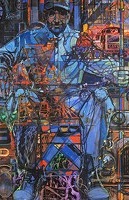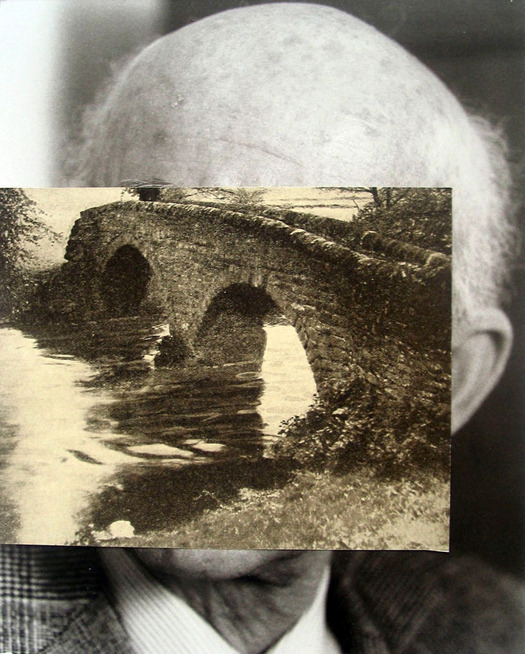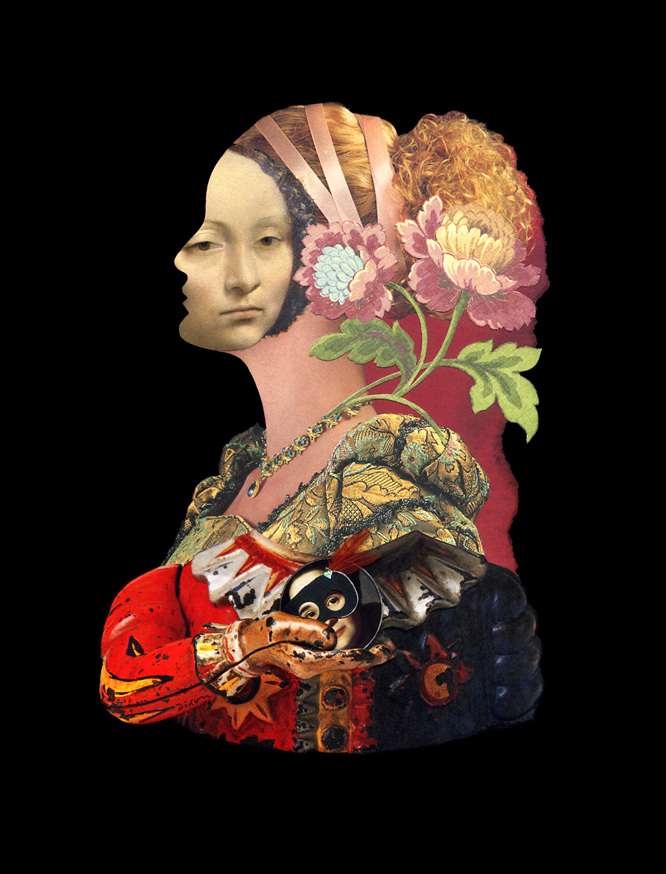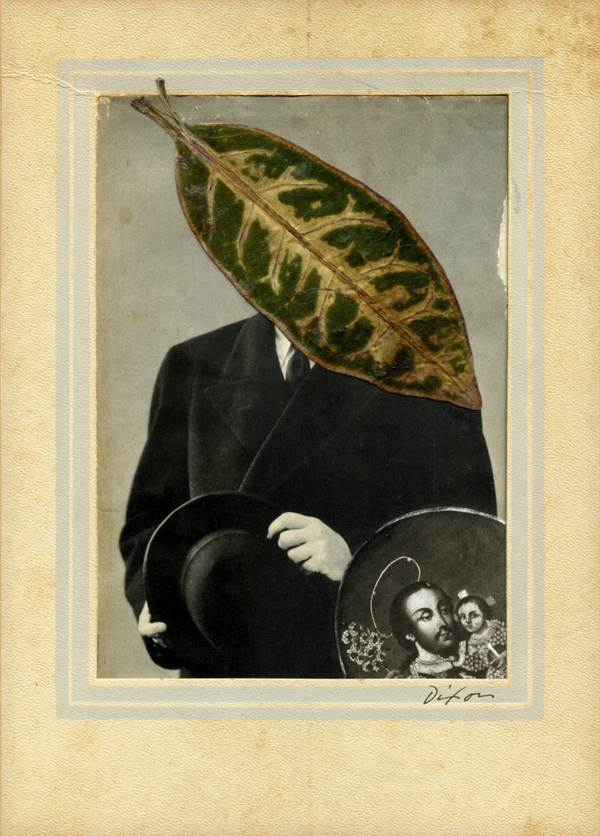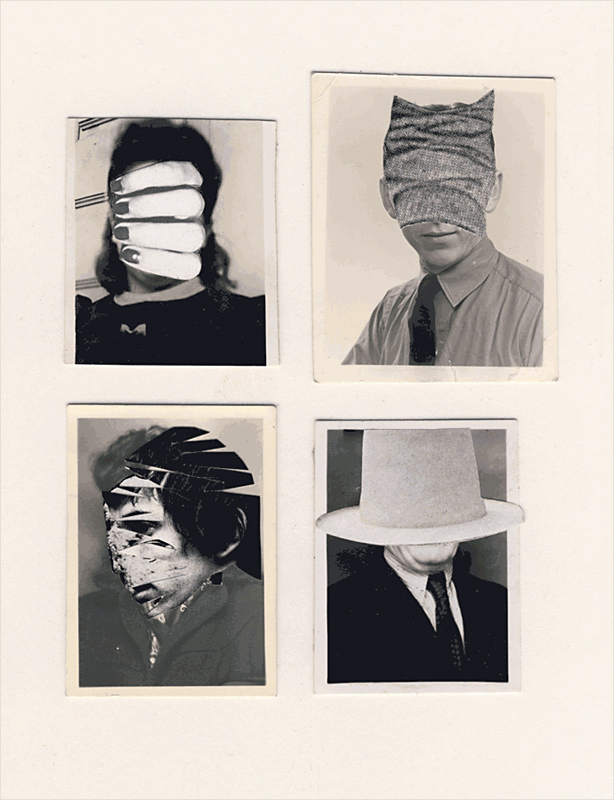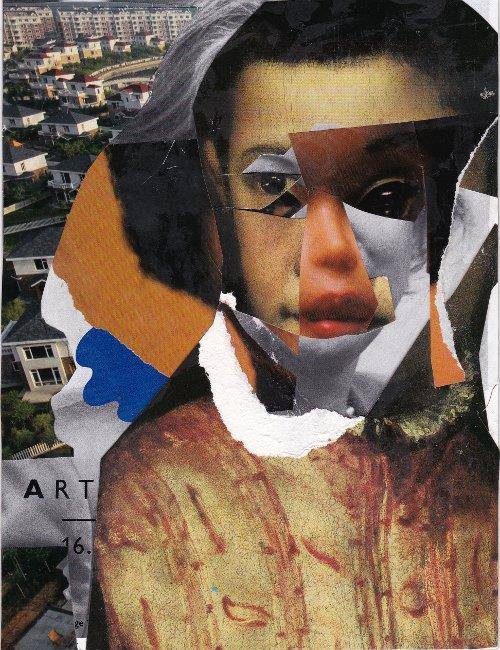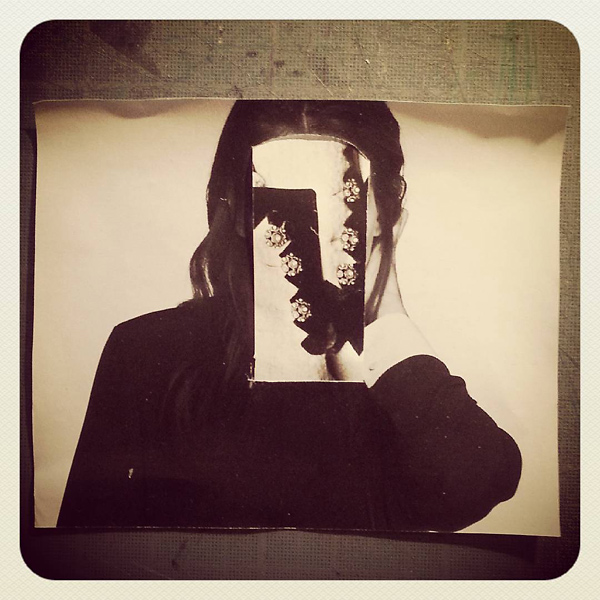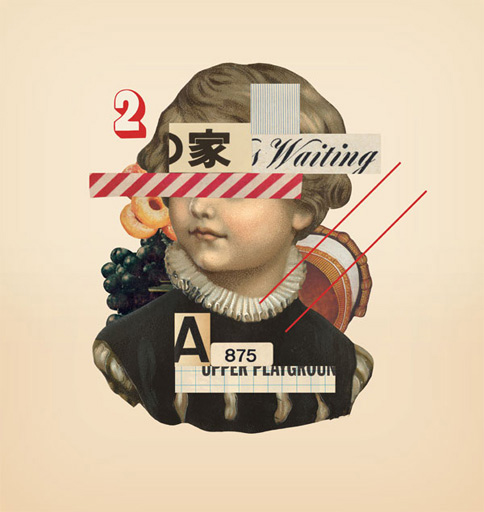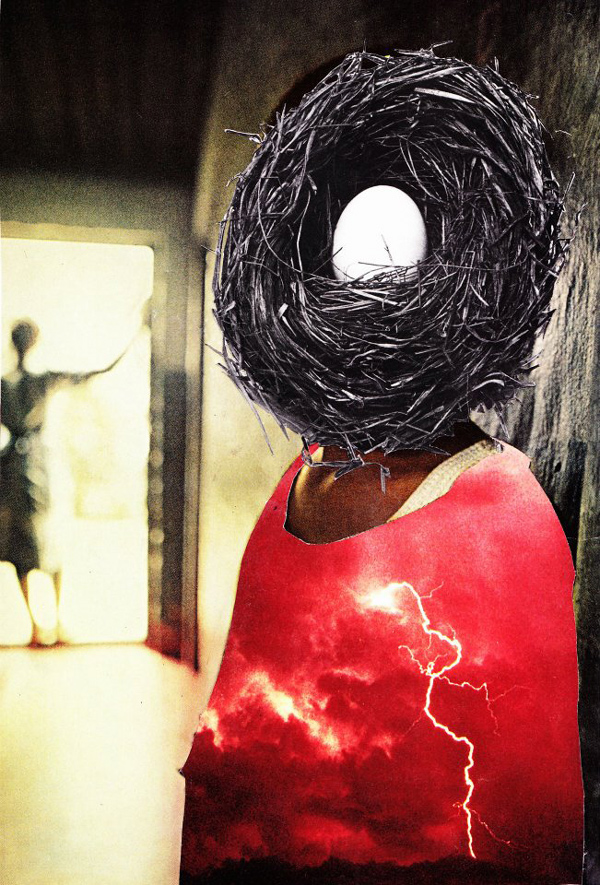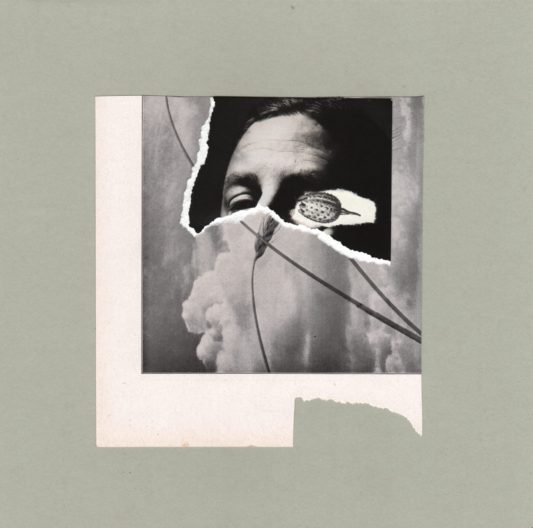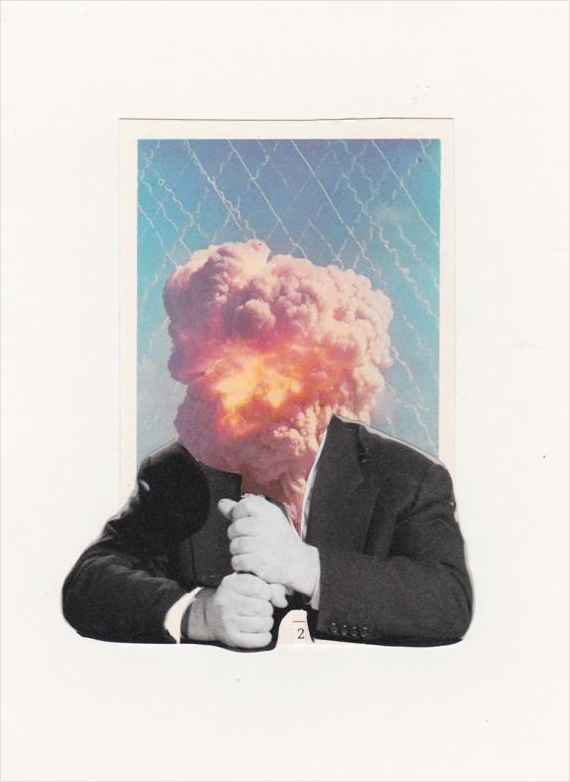“When painting and sketching plein air I sink into the landscape, an attuned witness to its mood and beauty.”
—Dianne Bersea
After the experience I had last September in Sault Ste Marie, I stayed attached to the particular idea that I could perfect a method of doing collage en plein air. I had no illusions about becoming a Tom Thomson or Rockwell Kent. I was just waiting for an opportunity to put my notion to the test, and I found it when the Plein Air Artists of Central Kentucky invited me to one of their summer outings.
I assumed going into the experiment that, aside from the creative challenge that faces any person working out of doors, a collage artist would need to be prepared to accommodate even the slightest of breezes. I had no coherent system for doing that and placed more of my focus on how to transport what I thought I would need on location. Fortunately, the scheduled gathering was on a day of gentle weather, so I was able to measure the potential hazard under ideal conditions. Truth be told, I still spent some time on hands and knees, searching for wayward scraps in the surrounding grass. Ideas for a more systematic approach took shape as I worked, and I also learned what would not be needed the next time out (perhaps equally important as identifying what was essential). Forgetting common white glue was a blunder, so I fell back on a desirable combination of wheat paste and gel medium. I rarely use a single adhesive anyway.
The process was more like painting with paper than what I have been used to — studio collage is more concerned with the ingredients themselves, but this was about interpreting what was visually in front of me. I was reminded of the small, square studies that an accomplished plein air painter showed me when I visited her studio in Berkeley, California. To develop the capacity to genuinely SEE what is before me is an exciting prospect (admittedly long overdue). As I move from everything being new and unfamiliar to a clearer sense of the potential for this activity, I can eventually pursue the inherent spontaneity and unexpected juxtapositions of true collage, rather than the effect of a simple, torn-paper rendering. Nevertheless, my initial emphasis must be on devising a more workable, mobile kit that guards against the qualities of wind, of which there is no degree so minimal as to not be undesirable when handling small paper ingredients. It is no surprise to me that relatively few collage artists are creating works entirely outside.
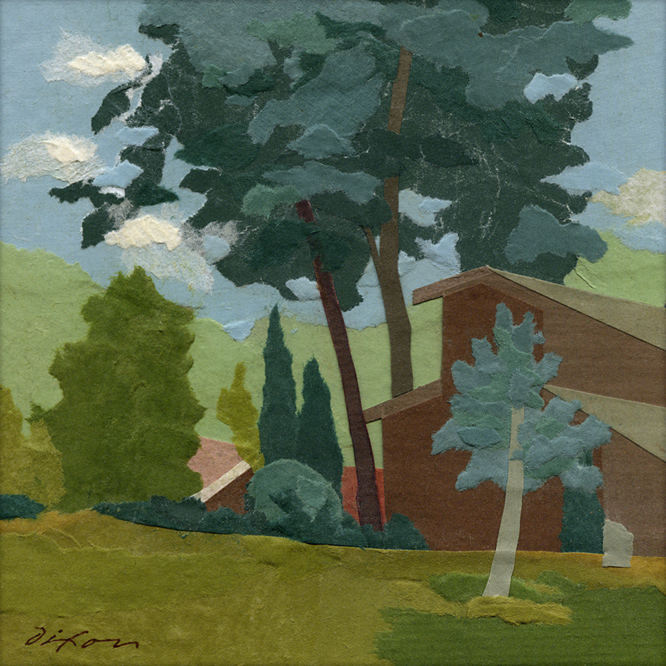
JWDB’s Domain
first plein air collage miniature by J A Dixon
4.625 x 4.625 inches
• S O L D

